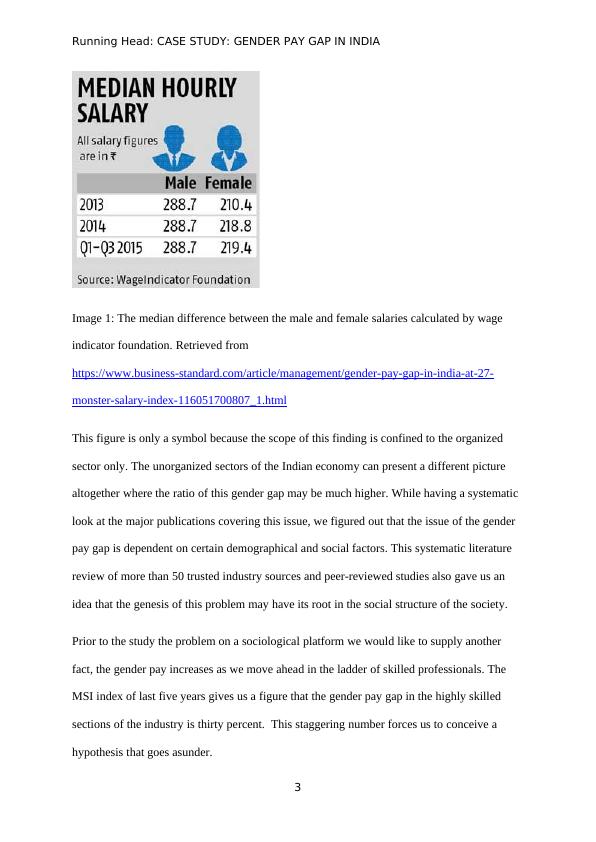Gender Pay Gap in India: A Case Study
Added on 2023-01-03
8 Pages1743 Words68 Views
End of preview
Want to access all the pages? Upload your documents or become a member.
Glass Ceiling: A Global Perspective and Solutions
|9
|1619
|313
Management 2022 Case Study
|5
|1240
|19
Introduce to Diversity Management Report
|13
|3131
|87
Apple and Oranges: Gender Pay Gap Worse Than You Think
|10
|2038
|53
Case Study - Gender equality in Australia
|14
|2914
|302
Case Study on Gender equality in Australia
|14
|2347
|266



